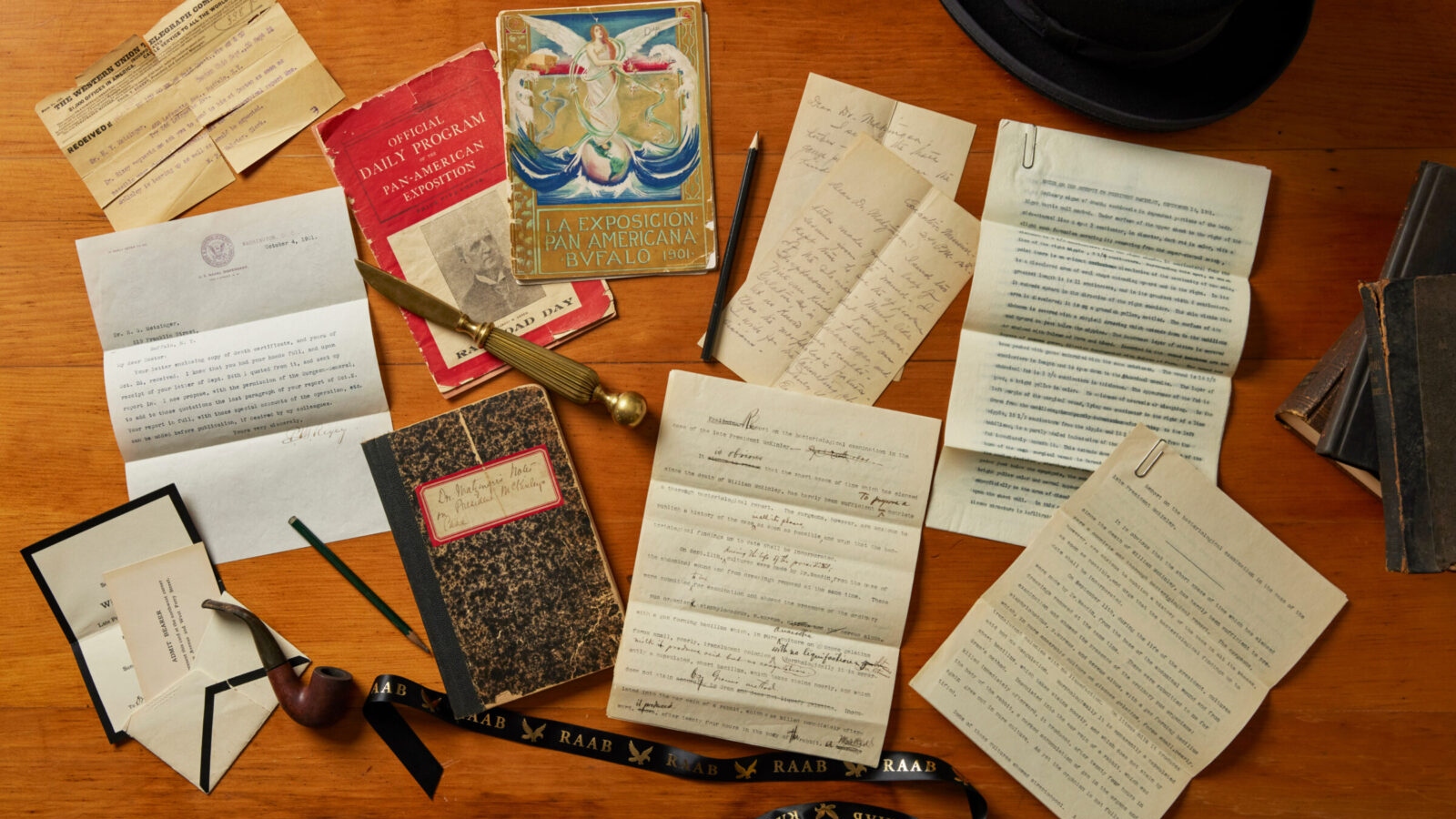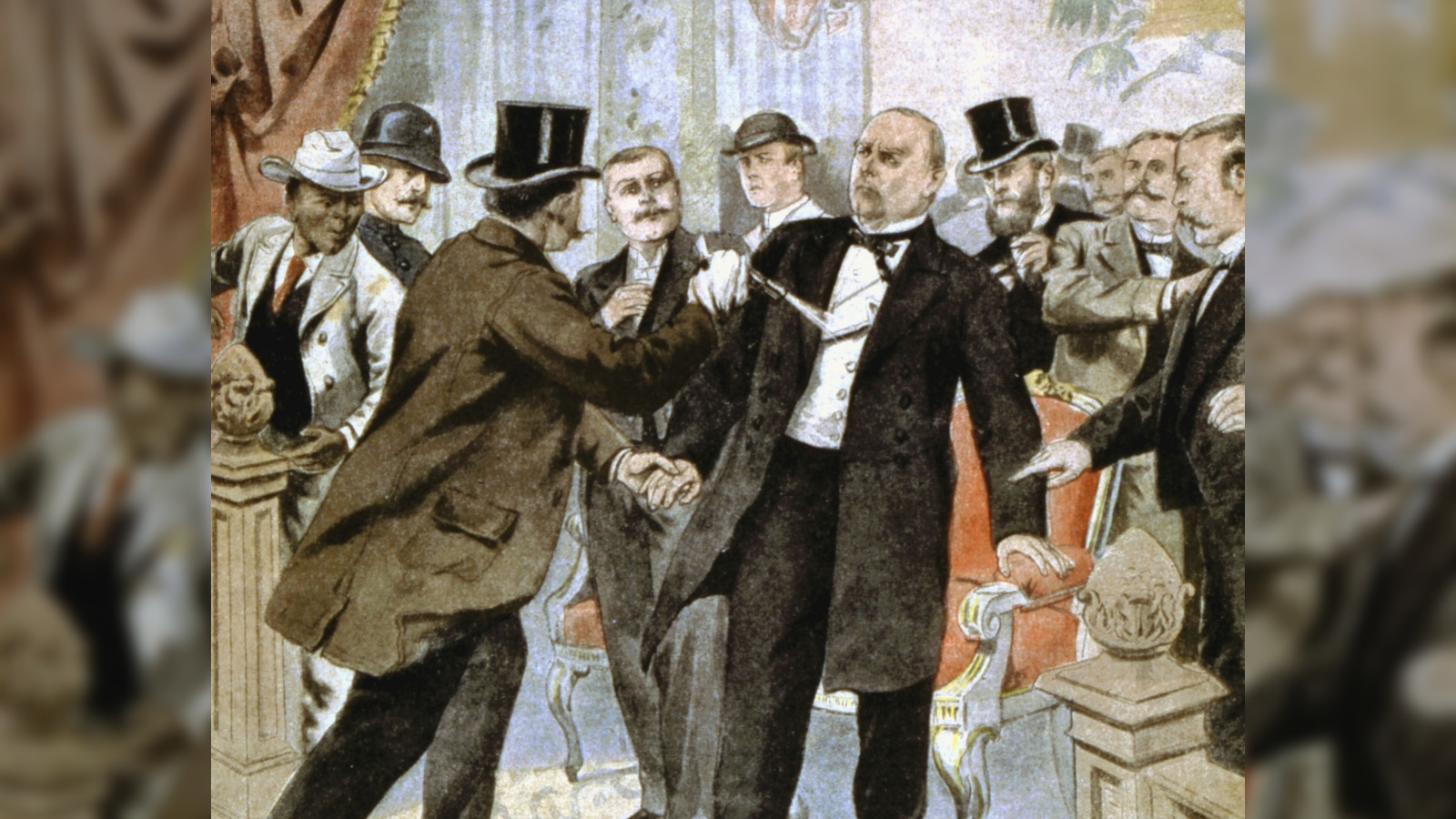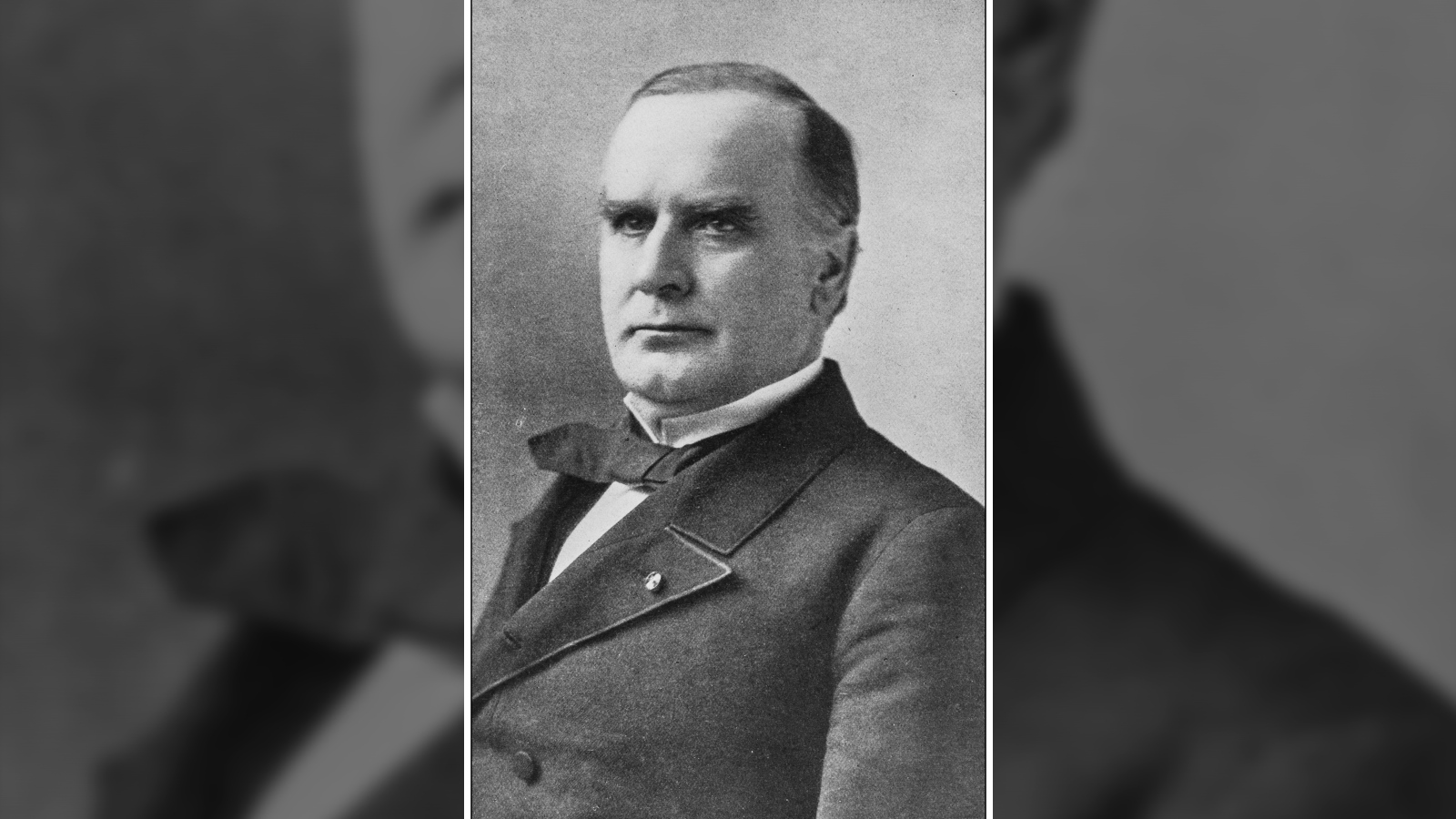Doctor injected dog and rabbits with bacteria from assassinated US president in bizarre autopsy experiments, documents reveal
Newly unveiled documents belonging to the physician who carried out an autopsy of assassinated U.S. President William McKinley reveal an unorthodox experiment in which the doctor injected bacterial samples from McKinley into several pets.

Never-before-seen documents from an autopsy on assassinated U.S. President William McKinley reveal that after the president's death, a doctor performed unorthodox experiments in which he injected bacterial samples from the president's wounds into rabbits and a dog. The notes are now on sale for the first time.
On Sept. 6, 1901, Leon Czolgosz shot President McKinley twice at close range while feigning to shake his hand at the Pan-American Exposition in Buffalo, New York. The first bullet safely ricocheted off a button on the 25th president's jacket but the second entered his abdomen, piercing the front and back walls of his stomach. McKinley was rushed to a nearby hospital where gynecological surgeon Dr. Matthew Mann performed surgery on the president. After initially showing signs of making a full recovery and moving out of the hospital, McKinley's condition suddenly worsened, and he died on Sept. 14, according to PBS. (Czolgosz was later sentenced to death by the electric chair.)
Doctors said the cause of death was pancreatic necrosis, or necrotizing pancreatitis — a complication in which part of the pancreas dies due to chronic infection, damage or lack of blood flow.
Mann was later criticized by numerous health practitioners for the surgery he performed. Reports indicate he left the bullet inside McKinley and did not properly clean or close the wound, which could have caused an infection that led to the necrosis.
The fact that McKinley lingered so long before dying sparked widespread rumors at the time, with speculation that Czolgosz had shot McKinley with poison or bacteria-laced bullets. Some conspiracy theorists still believe this today and also think that Czolosz may not have been working alone.
Related: 20 of the best conspiracy theories

To downplay these rumors, a "bacteriological examination" was ordered in addition to the standard autopsy. Dr. Herman Matzinger — a leading expert on blood analysis at the time —carried out this extra examination; and he concluded that no poison was used and that the necrosis was likely caused by the initial shooting and not the botched surgery.
Sign up for the Live Science daily newsletter now
Get the world’s most fascinating discoveries delivered straight to your inbox.
On Jan. 9 this year, the Raab Collection — an auction site for historical documents — listed a collection of Matzinger's personal papers relating to the secondary examination, which were recently discovered by the doctor's remaining family. The documents include a notebook, letters, receipts of samples, telegrams, an annotated copy of his original report and an invitation to a memorial service for President McKinley. They have been put on sale for $80,000.
Matzinger's documents mainly show how he came to the conclusions laid out in his original report. But they also include some surprises, including the unexpected pet experiments.

In his notebook, Matzinger described how he grew "whitish" bacteria cultures from swab samples taken from McKinley's wound and then injected them into rabbits and a dog. It is unclear if these animals were his personal pets or laboratory animals, or how he thought they would resolve the question of whether the bullets were laced with poison or bacteria.
The papers don't say what happened to the rabbits. But Matzinger monitored the dog over the next few days, writing that its body temperature was around 104 degrees Fahrenheit (40 degrees Celsius) — which is above average for a dog, according to the American Kennel Club — but that it was "acting well."
The documents also reveal details of how Matzinger examined the weapons and bullets used by Czolgosz and how the doctor analyzed McKinley's blood for signs of poison.
Letters between Matzinger and Dr. P.M. Rixey, who oversaw the autopsy process, revealed that Rixey tried to hurry Matzinger for his results. However, the physician took his time reaching his conclusions: His final report was sent to Rixey on Oct. 2, 1901, 18 days after McKinley died.
The Matzinger collection provides an extremely rare insight into how autopsies of high-ranking people were carried out in the past. These types of documents are "virtually impossible to find," Raab representatives wrote in the collection's listing. They are "a treasure."

Harry is a U.K.-based senior staff writer at Live Science. He studied marine biology at the University of Exeter before training to become a journalist. He covers a wide range of topics including space exploration, planetary science, space weather, climate change, animal behavior and paleontology. His recent work on the solar maximum won "best space submission" at the 2024 Aerospace Media Awards and was shortlisted in the "top scoop" category at the NCTJ Awards for Excellence in 2023. He also writes Live Science's weekly Earth from space series.









